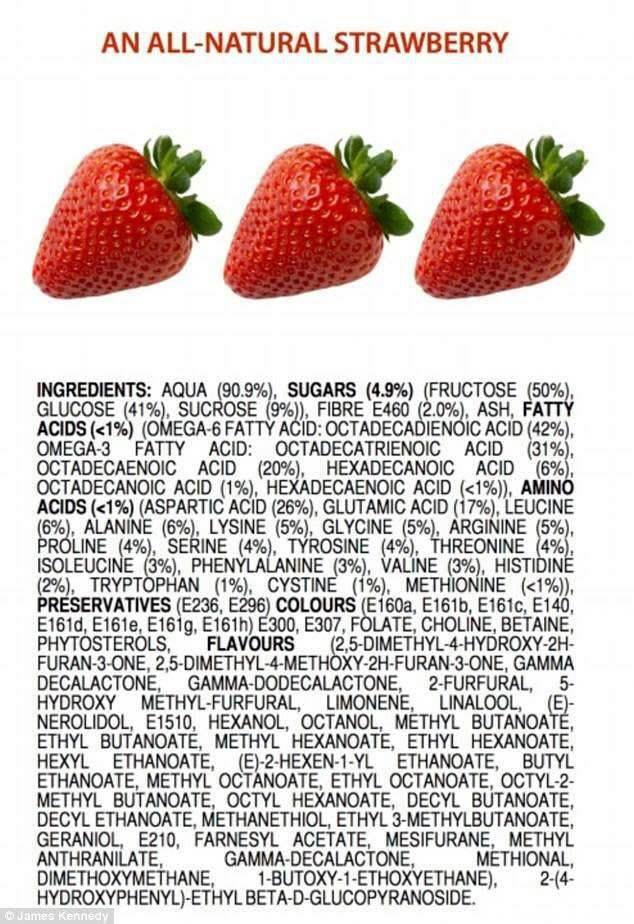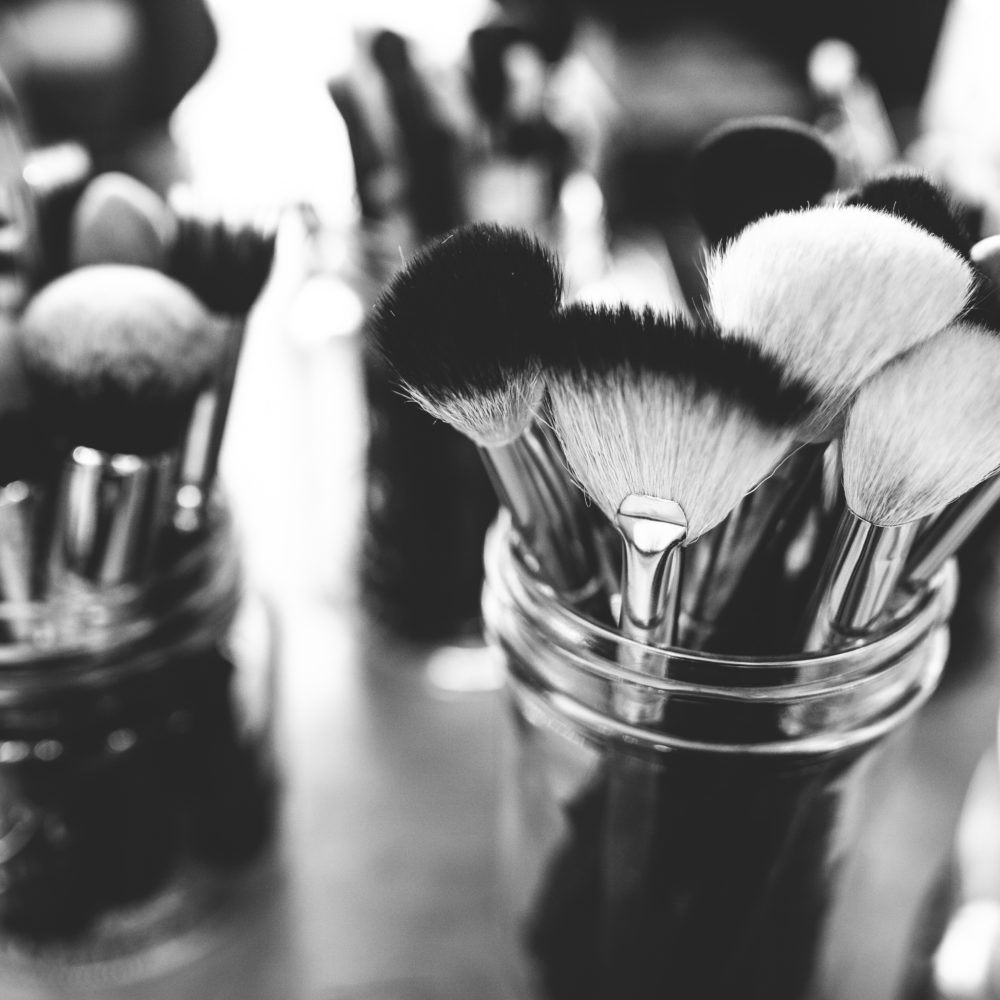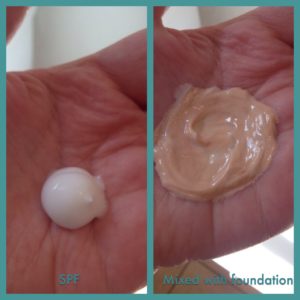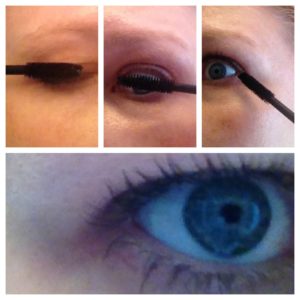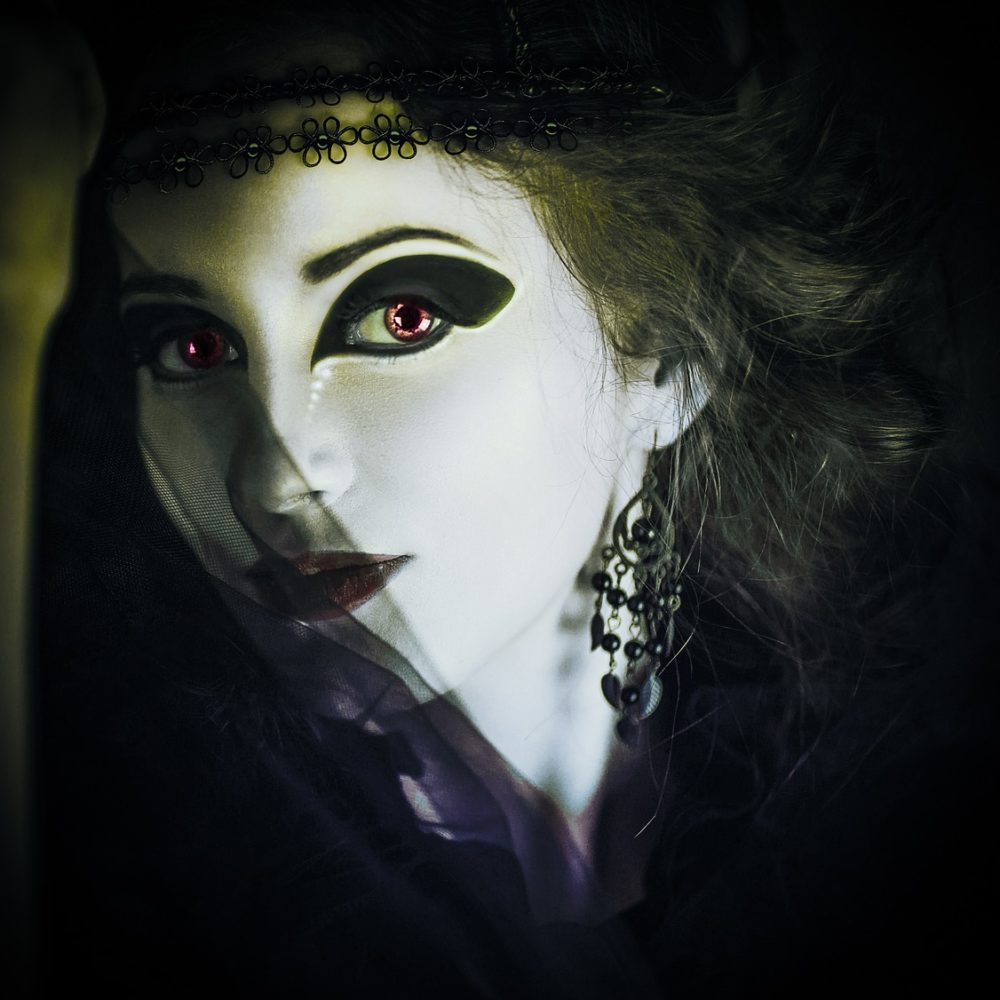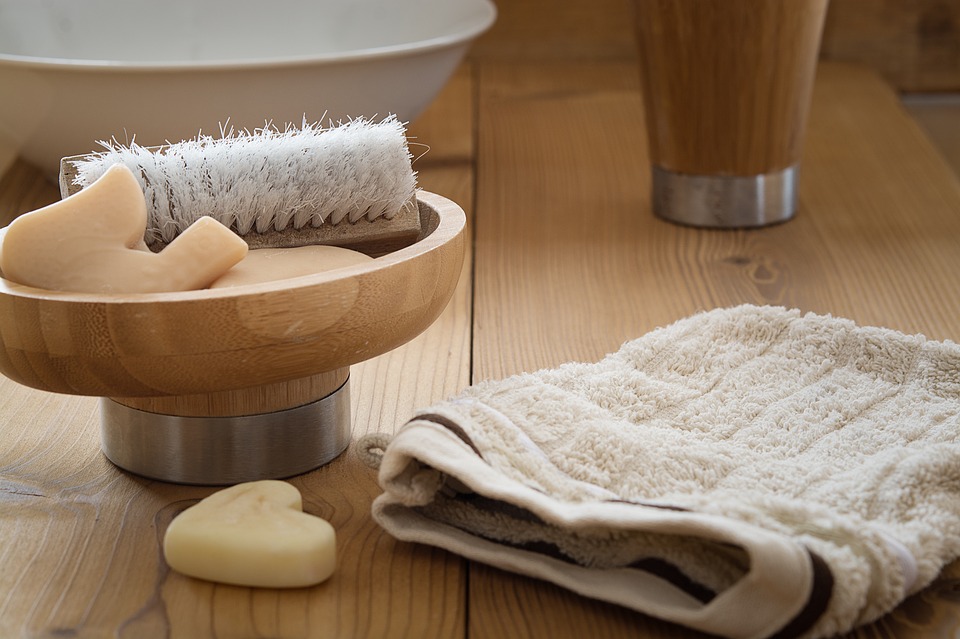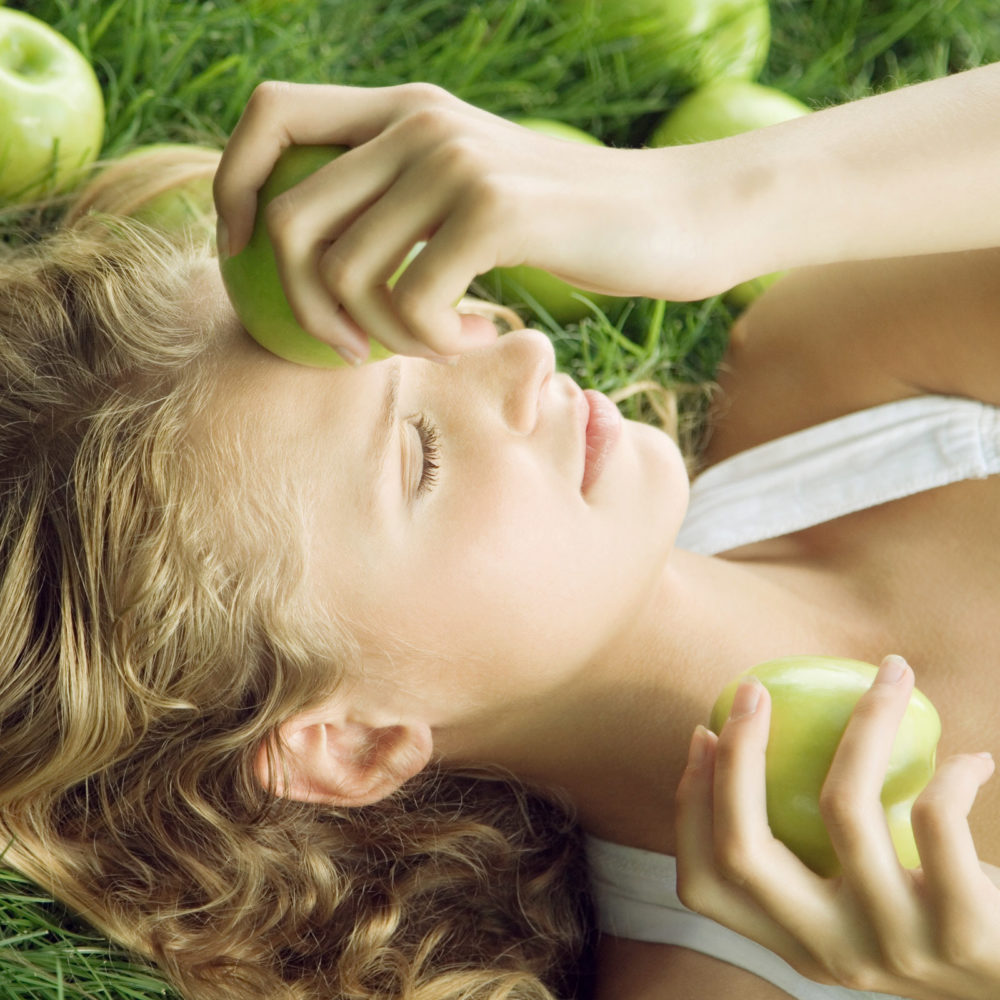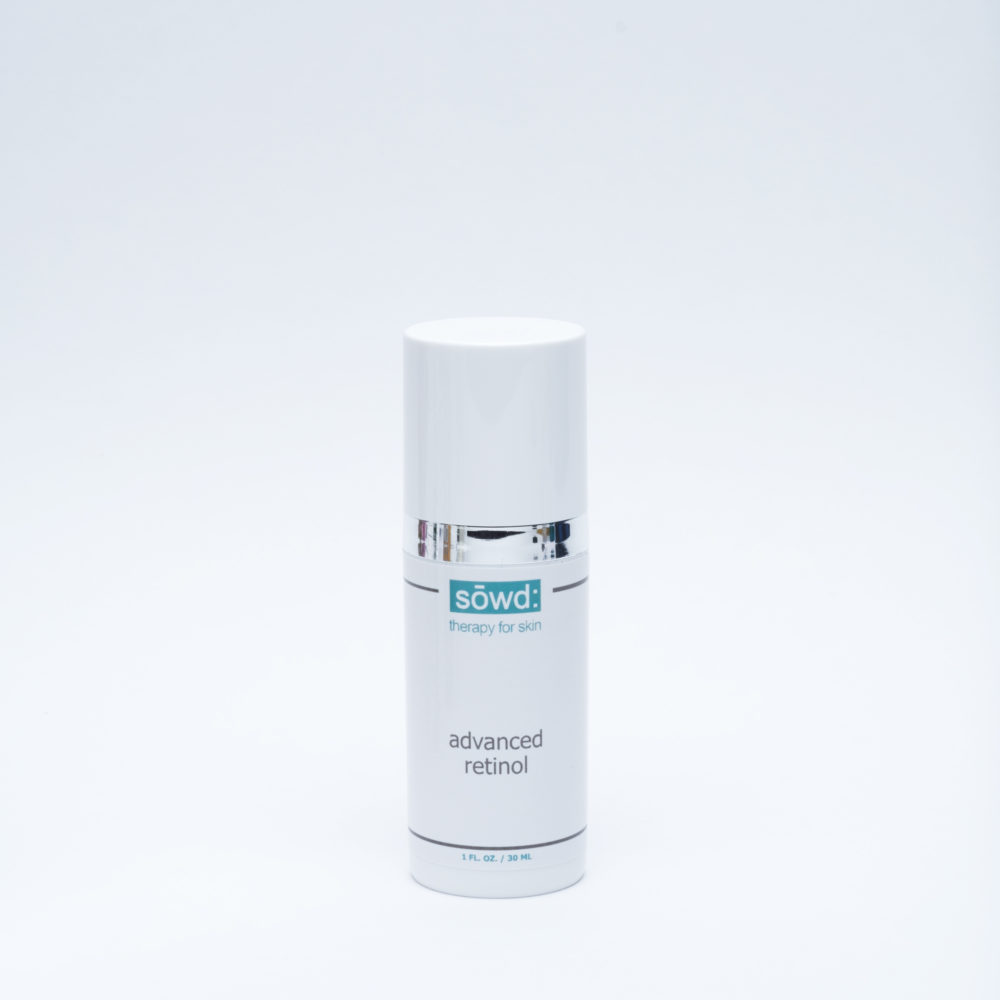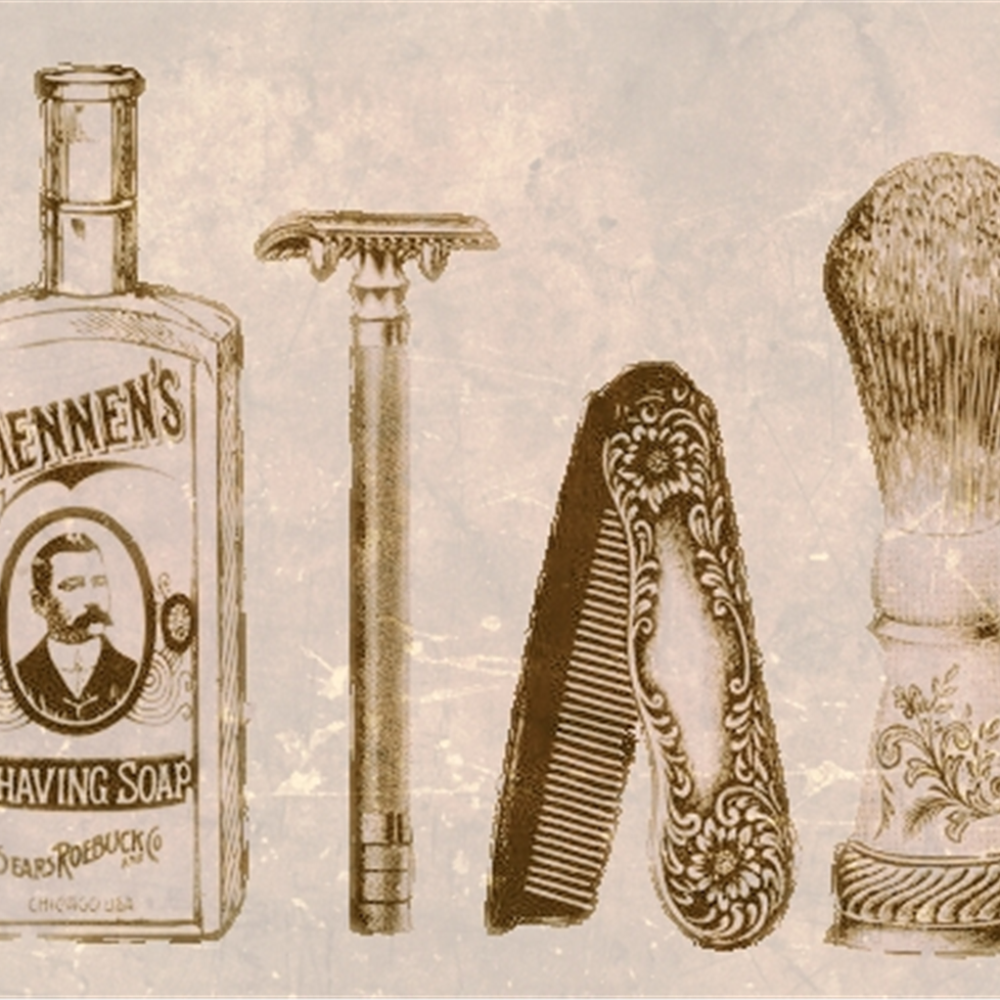Why am I writing about Bridal Skin Care in December when wedding season isn’t until June?
Pre-wedding skin care prep can take 3-4 months and the goal is to be ready at least a month before the big day. You want to look your best for all the events!
If you aren’t getting professional treatments regularly, schedule a consult with several skin care specialists in your area. Ask around for recommendations or consult review sites like Yelp or Genbook. Be upfront with your concerns about your skin, your time and your finances. Make sure to ask about home care products you will be expected to purchase for optimal results.
When you decide on a specialist, consider booking all your appointments up front. Your schedule will get busy and skin care treatments work best when you stick to regime. Ask about a discount if you pay for all the treatments in advance.
I usually recommend a series of 6 sessions of microdermabrasion spaced 2-3 weeks apart and a home care routine using retinol, vitamin C and a lightening product if pigmentation is a concern. One or two chemical peels may be added if the goal is to get rid of dark pigment patches. These peels can have 4-6 days of downtime so they need to be scheduled accordingly.
Pre-wedding nerves can bring on a breakout even if you aren’t prone to them. Now is a good time to build a relationship with a dermatologist. A week of preventative antibiotics and a just-in-case appointment for a last minute cortisone injection can save you from waking up with a giant pimple on your big day. You also may be able to get a prescription for Retin A or other topical creams that will help get your skin under control. Be sure to let your esthetician know about any prescription skin care creams you are using.
If you are considering injectables, give them a trial run 6 months before your big day and get a touch up at least 4 weeks before. Botox takes 2 weeks to set and fillers can cause bruising or swelling (even if you haven’t had these reactions in the past).
And above all, relax and have fun on your big day; happiness brings it’s own natural glow!




